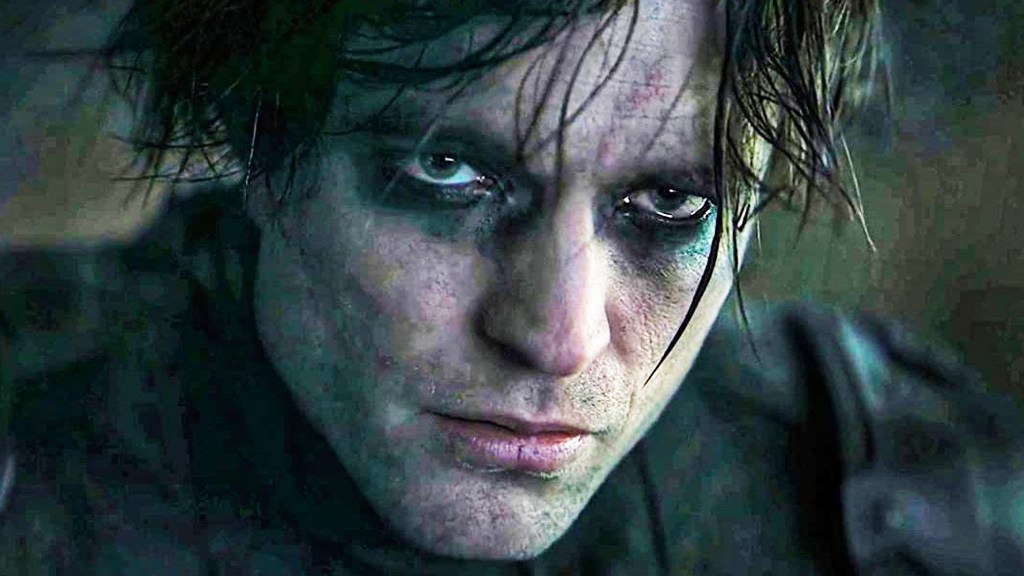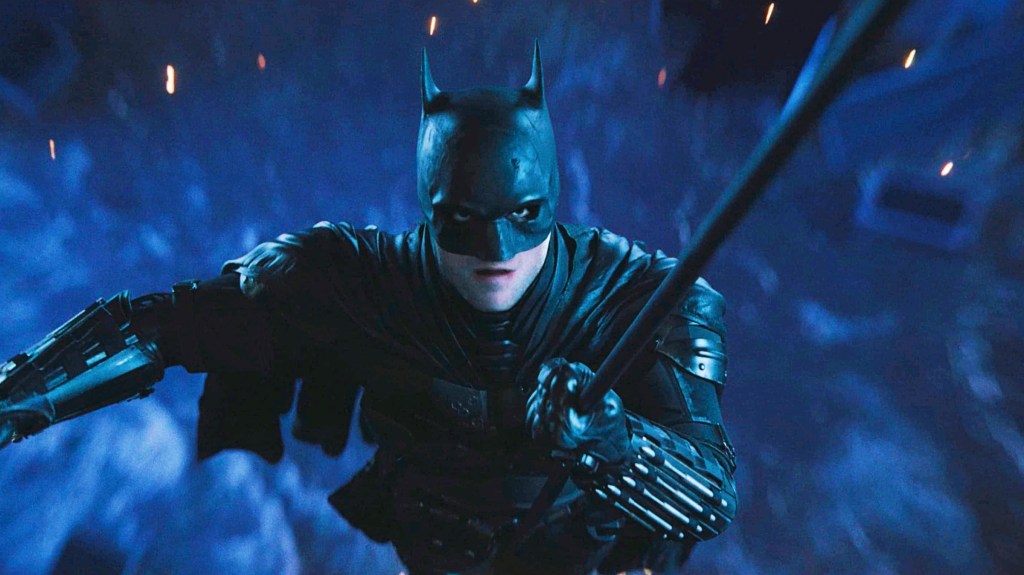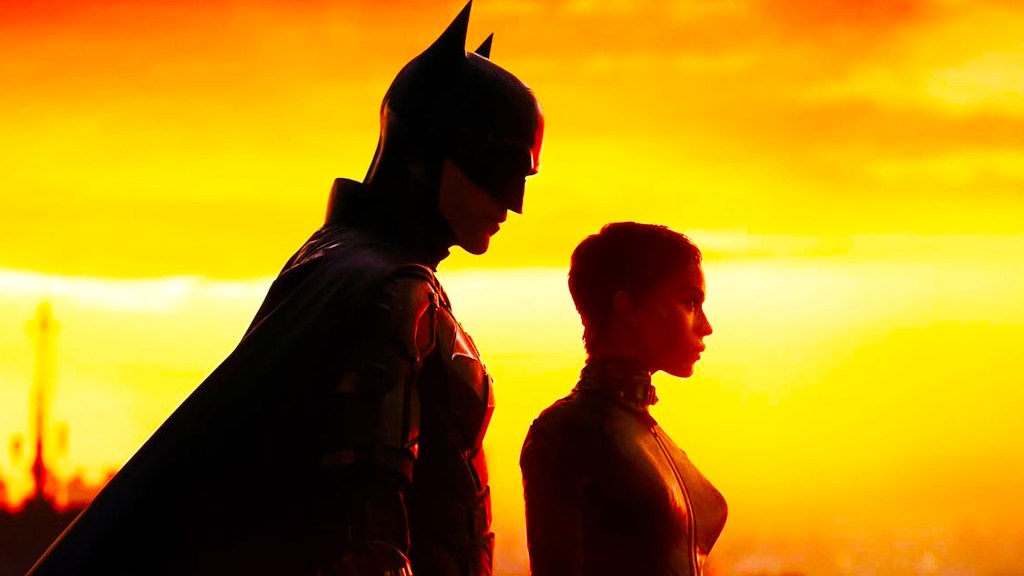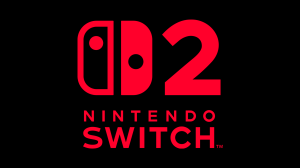Audiences went wild when Robert Pattinson donned the cape in Matt Reeves The Batman, and since 2022, they’ve been eagerly awaiting updates on the sequel. However, James Gunn’s recent comments suggest we’re heading into uncharted territory: a DC landscape where two different Batmans (Batmen?) exist at the same time, with Matt Reeves’ The Batman: Part II moving forward in the Elseworlds and a brand-new DCU Batman being introduced in The Brave and the Bold.
Videos by ComicBook.com
This dual-crusader approach has already sparked debate among fans. However, Gunn downplayed the concerns in a recent interview with Brandon Davis, saying, “The casuals always understand… regular people who just like TV shows are like, ‘Oh, okay. That’s weird.’ And then they’re done,” suggesting that two Batmans won’t confuse casual viewers. But history has shown that multiple versions of the same superhero on the big screen can actually lead to muddy waters, especially when the character in question is one of the most recognizable in pop culture.
James Gunn Tells Fans To Chill Out About Two Batmans

During the sit-down with Davis, Gunn explained that hardcore fans often overestimate how difficult continuity is for general audiences. He compared it to when Peacemaker casually dropped Justice League cameos, or when the MCU swapped lineups and terminology between films and shows. When claiming that superfans come to him with concerns, he stated, “The truth is, guys, that you’re the ones that don’t understand.” According to Gunn, the “bubble” of hardcore fans often assumes that casual viewers will be confused, when in reality, they’re not the ones hung up on the canon continuity.
It’s a fair point, and Gunn’s track record with Marvel proves he knows how to appeal to a wide audience, but dismissing the concern outright might be shortsighted. Batman isn’t a B-tier character; he’s the single most marketable hero DC has. Suppose casual audiences go to see The Batman: Part II in 2027, only to find another Batman film on the slate a year later with a different actor. There’s undoubtedly at least some risk of confusion among the general moviegoing audience.
Gunn Might Be Dismissing Fans Too Quickly

Take Sony’s Venom universe and Morbius chronology alongside the MCU’s Spider-Man saga. When Venom was scheduled for release in 2018, Kevin Feige explicitly stated it was a Sony project, explicitly not part of the MCU. Yet trailers for Morbius dropped in Vulture’s club that made some fans think Vulture’s appearance meant Marvel’s web-slinger lore was bleeding over. The mix of cameos, corporate partnerships, and interlocking IP, without sufficient clarity, left viewers confused about what was part of the MCU and what wasn’t. Because of that, many viewers watched the Sony projects believing they had implications on the greater cinematic universe.
On the X-Men/Fox side, Logan explicitly called itself a standalone movie, with Hugh Jackman stating that it wasn’t beholden to previous X-Men storylines. Yet Wolverine’s appearance in Deadpool and the continued existence of characters from the original X‑Men films left fans confused as to which movies were actually canon. The overlapping timelines created a patchwork continuity that both casual viewers and fans struggled to untangle. Meanwhile, James McAvoy, who played Professor Charles Xavier in X-Men: First Class onward, has publicly expressed uncertainty about how the X-Men would integrate into the MCU after Disney acquired Fox. If actors themselves are unclear about what “verse” they’re in, imagine how fuzzy things seem to general audiences trying to follow release schedules and trailers.
Marvel’s increasingly intricate and expanding cinematic universe eventually became more of a hindrance than a benefit, with many fans becoming so lost or behind in the lore that they stopped caring altogether. But even beyond the confusion, there’s the problem of oversaturation. Batman is already one of the most adapted superheroes of all time, with names like Keaton, Bale, Affleck, and now Pattinson taking up the mantle. If DC plans to follow the same path as Marvel, they’d better maintain a high film quality and a clear division of worlds, or else risk the eventual decline of box office returns.
Sticking Reeves in Elseworlds Might Be the Only Option

Though Gunn’s dismissal of potential audience confusion is concerning, there may not be a better alternative. They can’t realistically skip Batman in the new DCU, as he’s too central to the Justice League, and leaving him out would cripple the shared universe right out of the gate. At the same time, Reeves’ Elseworlds saga is far too beloved to scrap. Folding Pattinson into the DCU as the main Batman would force Reeves’ darker, grittier world to intersect with Gunn’s brighter DCU vision, resulting in a strange tonal clash and ultimately harming both versions.
So this double-Batman strategy might really be the only way forward. The key will be in separating them: allowing Reeves to take his Bat-verse as far into the noir-inspired detective thriller genre as possible, while the DCU’s Batman enters as the shiny, quintessential comic book adaptation. Clear marketing, tonal separation, and, above all, good writing on both fronts, will be what turns this liability into a double the fun scenario. It’s risky, but it might be the only path that allows us to keep the best of both worlds.
Can audiences handle two Batmans at once? Let us know your thoughts in a comment below, and join the conversation now in the ComicBook Forum!









